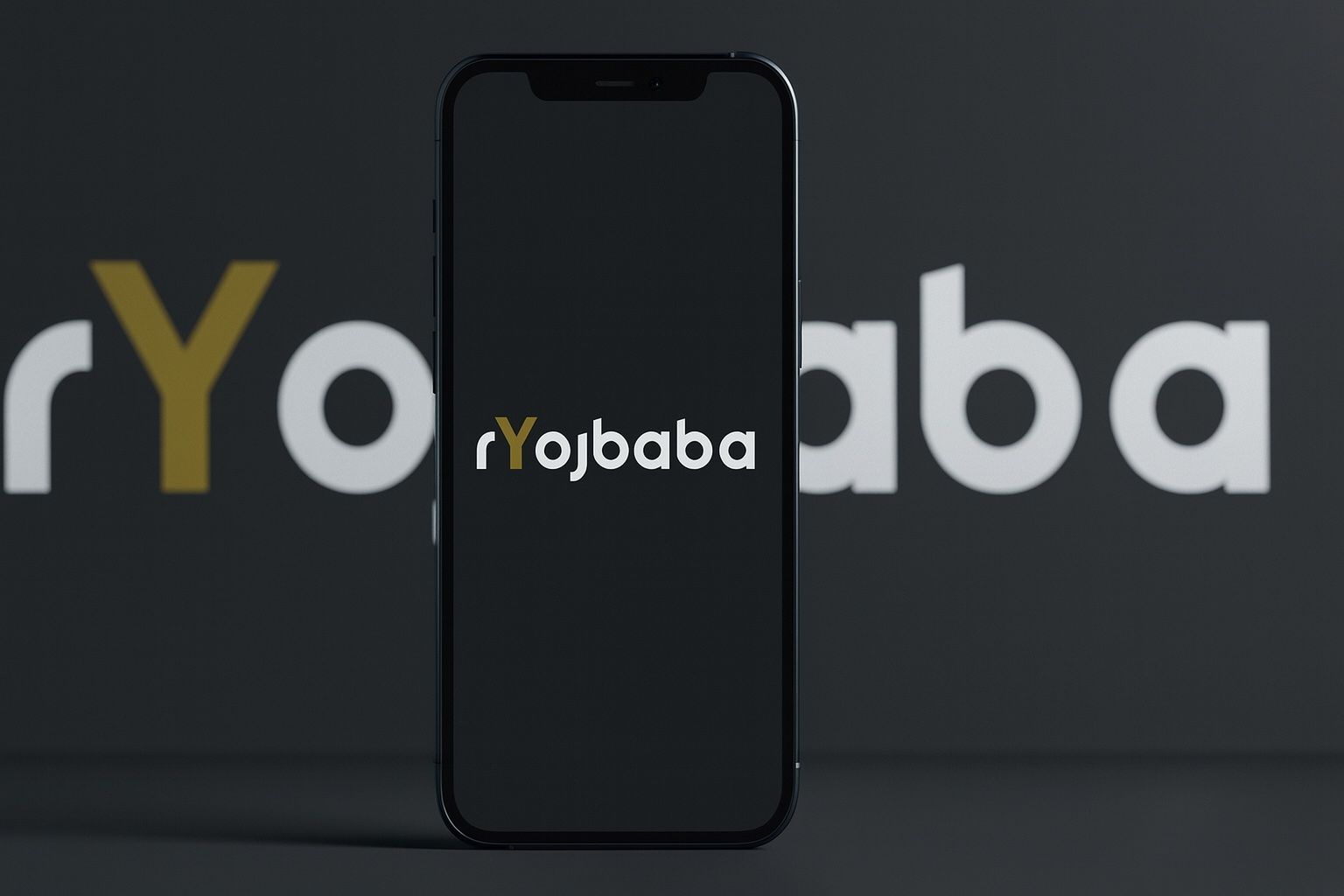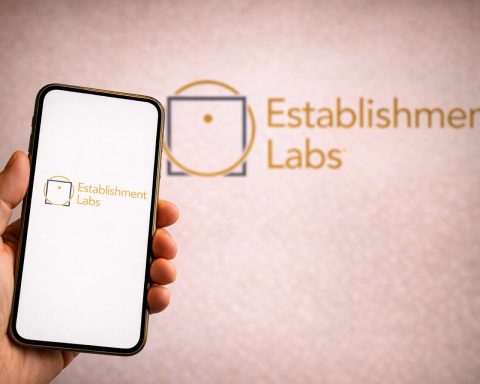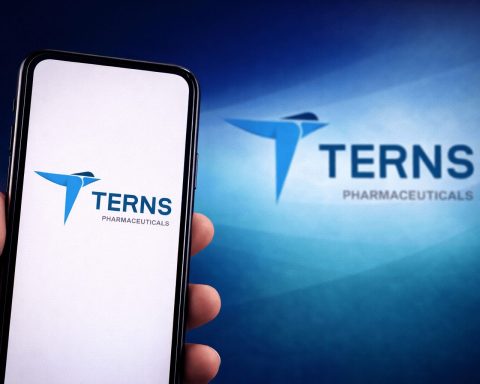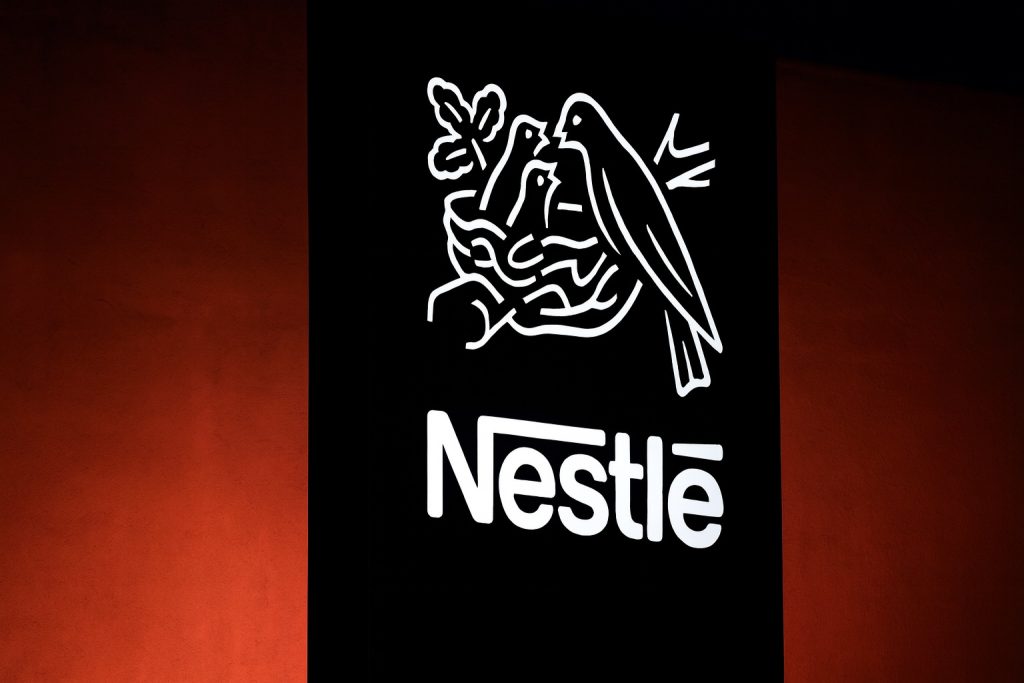- Price Jump: RYOJ closed at $2.17 on Oct 15 (+13.0% for the day) and then leapt ~188% to $6.11 in after-hours trading [1], an astonishing one-day move for a newly listed stock.
- Trading Range: The 52-week range for RYOJ is $1.81–$3.75 (low hit Sept 4, 2025; high on Aug 14, 2025) [2].
- Market Value: Shares outstanding are ~11.25M, giving a market cap around $21.6M [3].
- IPO Details: rYojbaba’s IPO priced at $4.00 per share (1.25M shares, $5M raised) and began trading on Aug 14, 2025 under ticker RYOJ [4].
- Business Lines: A Tokyo-area labor-consulting and health-services firm, rYojbaba operates 28 osteopathic clinics and 2 beauty salons (providing judo therapy) and offers corporate labor-consulting services [5] [6].
- Financials: FY2024 revenue was ~$11.58M with $1.33M net income (up from a loss in 2022) [7]. The company plans to use IPO funds to build an IT platform, hire consultants, and expand clinics via franchising/M&A [8].
- Coverage:No sell-side analysts cover RYOJ [9]. SimplyWallSt notes there’s insufficient data to model its future earnings [10], making forecasts highly speculative.
- Employees: Approximately 323 employees as of Oct 2025 [11].
Market Performance & Recent Moves
Shares of rYojbaba have been on a roller-coaster since its Nasdaq debut. After peaking at $3.75 on debut day (Aug 14), RYOJ plunged to an intraday low of $1.81 on Sept 4 [12]. SimplyWallSt flagged sentiment “deteriorates” when the stock fell 19% on Sept 4 and another 16% on Oct 3 [13]. Last week’s rally flipped the script: trading volume spiked as investors piled in, pushing the pre-rally price up by ~2.5% for the week [14]. The blockbuster Oct 15 move (and after-hours surge) appears to have been driven by heavy trading and momentum rather than any company announcement. (No earnings or press release coincided with the jump.) For perspective, tech-heavy indexes have also been volatile: the Nasdaq Composite hit new records early October before pulling back on trade-war and Fed concerns [15] [16].
Company Background
rYojbaba (Nasdaq: RYOJ) is a small-cap Japanese firm founded in 2015 (originally Sakai Seikotsuin Co., Ltd.) and based in Fukuoka [17]. The company’s two business segments are Labor Consulting Services (helping companies and unions with whistleblowing/stress checks and dispute resolution) and Health Services (osteopathic chiropractic clinics and related beauty salons to address workplace stress) [18]. Its CEO is Ryoji Baba, and it was co-founded by Masataka Sakai in Jan 2015 [19]. Per its IPO filings, proceeds will go toward scaling an IT consulting platform, hiring staff, and expanding overseas as well as opening/acquiring more clinics [20]. With about 28 clinics and 2 salons already in Japan [21], rYojbaba aims to grow by franchising and M&A. The business is modest in scale: 2024 sales of ~$11.6M with $1.33M profit [22], versus only $0.77M net in 2023, so it has just recently returned to profitability.
Market Context & Analyst View
Experts caution that RYOJ’s meteoric moves likely reflect market sentiment more than fundamentals. For example, Morgan Stanley/JPMorgan analysts see strong tech earnings this quarter (forecast ~21% growth in Q3 tech EPS) [23], fueling rallies in chip and AI stocks (e.g. Nvidia, AMD surged on October news [24]). Global tech optimism has lifted Asian markets; Reuters noted the Nikkei back near record highs due to an “AI effect” [25]. However, analysts like Goldman Sachs warn of October volatility ahead of earnings and Fed decisions [26]. Tech-sector specialist TechStock² (ts2.tech) observed the Nasdaq’s October run-up then dip, quoting one strategist: with earnings season looming, “it’s natural to see a bit of a pullback” [27].
On RYOJ specifically, the lack of independent coverage means there are no published price targets. SimplyWallSt’s data confirm RYOJ is “covered by 0 analysts” [28], and note that without historical data or forecasts its future earnings “cannot be reliably calculated” [29]. That uncertainty makes the stock a speculative play. Traders are also watching related businesses: Tokyo-based HeartCore (HTCR), which helped list RYOJ, holds warrants for ~3% of RYOJ; a jump in RYOJ instantly boosts HeartCore’s stake value, underscoring how these small IPO tie-ups can ripple through the market.
Short-Term Outlook
In the near term, most strategists urge caution. A swing of +188% in a day is atypical, and without concrete news it may fade. Trading volumes and intraday volatility will likely remain elevated. According to Goldman, October often brings choppy markets as companies report results [30] – a risk for RYOJ if the broader market retreats. If October’s earnings season or macro events disappoint, RYOJ could see sharp pullbacks. On the other hand, if general tech sentiment stays positive, RYOJ could test mid- to upper single digits. For example, if any part of its planned expansion (clinics or consulting contracts) comes through, the stock could hold above its IPO pricing. Some speculative forecasts (e.g. on trading sites) even suggest targets in the $3–4 range in the next few weeks, assuming bullish momentum continues.
Medium-Term Forecast
Looking a few months out, the picture remains mixed. rYojbaba’s stated expansion plans [31] could support revenue growth well above its recent ~10–15% annual pace, but execution and market uptake are key. In a best-case scenario – with steady economic growth in Japan, continued demand for workplace health services, and any new clinic acquisitions – RYOJ might rally back toward its IPO level ($4) and beyond. Conversely, if the company struggles to scale or the macro tech rally cools, the stock could slide back toward $2–3. With no consensus forecasts, observers suggest watching indicators: RSI momentum is extreme and options flow is heavy right now. Most analysts (and TS2’s commentators) would expect at least a partial retracement after such a parabolic move [32]. In sum, RYOJ remains a high-risk, high-volatility stock: short-term traders may profit from swings, but longer-term investors should wait for concrete growth or profitability milestones.
Sources: Official IPO and financial filings [33] [34]; stock data and charts [35] [36] [37]; tech media and analysis (Reuters, TS2.tech) [38] [39] [40]; market research sites (SimplyWallSt) [41] [42]. All figures as of Oct 15–16, 2025 trading.
References
1. www.investing.com, 2. www.tradingview.com, 3. www.reuters.com, 4. www.globenewswire.com, 5. www.reuters.com, 6. www.globenewswire.com, 7. www.reuters.com, 8. www.globenewswire.com, 9. simplywall.st, 10. simplywall.st, 11. www.tradingview.com, 12. www.tradingview.com, 13. simplywall.st, 14. www.tradingview.com, 15. ts2.tech, 16. ts2.tech, 17. www.tradingview.com, 18. www.reuters.com, 19. www.tradingview.com, 20. www.globenewswire.com, 21. www.globenewswire.com, 22. www.reuters.com, 23. www.reuters.com, 24. ts2.tech, 25. www.reuters.com, 26. economictimes.indiatimes.com, 27. ts2.tech, 28. simplywall.st, 29. simplywall.st, 30. economictimes.indiatimes.com, 31. www.globenewswire.com, 32. ts2.tech, 33. www.globenewswire.com, 34. www.reuters.com, 35. www.investing.com, 36. www.tradingview.com, 37. www.reuters.com, 38. www.reuters.com, 39. economictimes.indiatimes.com, 40. ts2.tech, 41. simplywall.st, 42. simplywall.st









